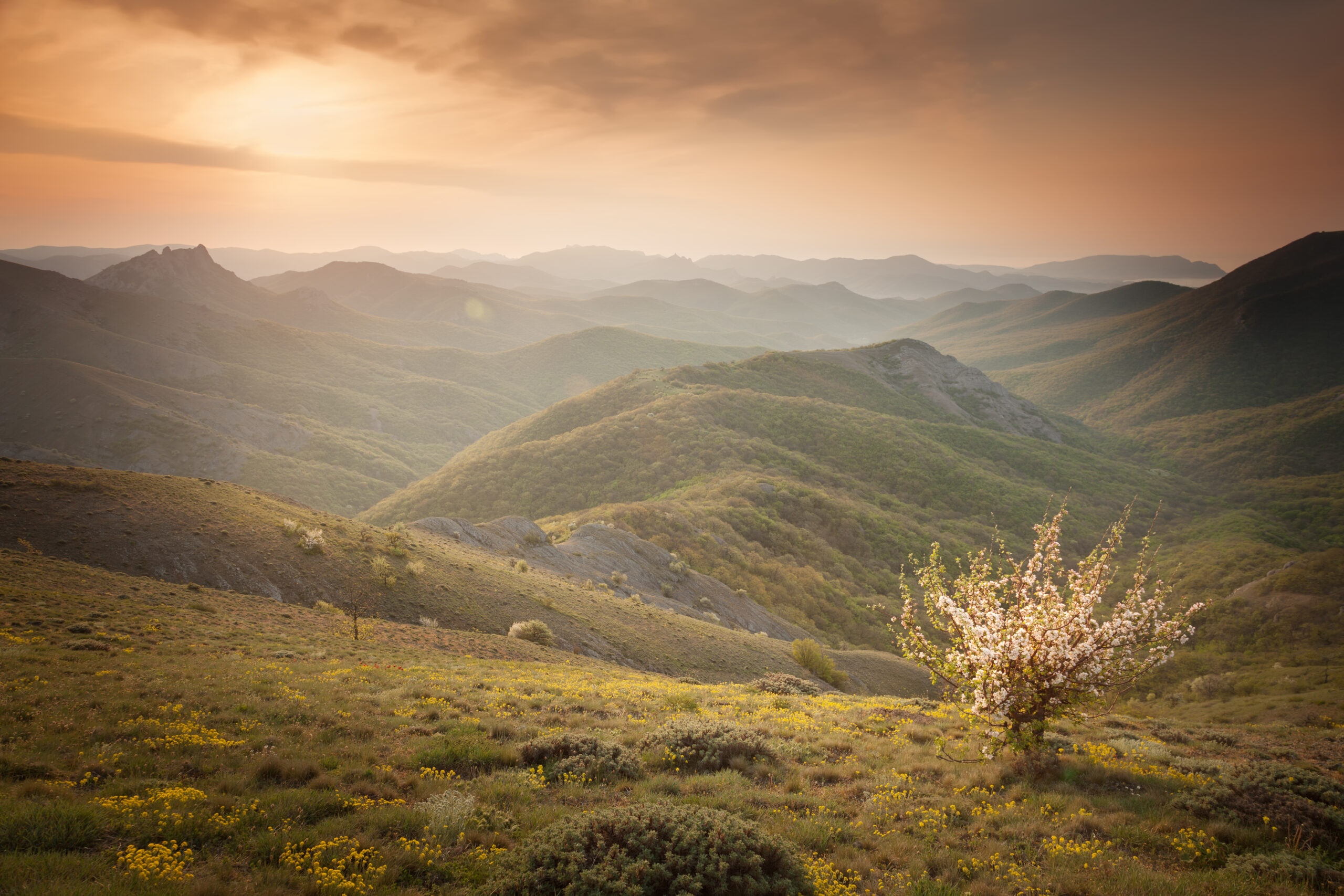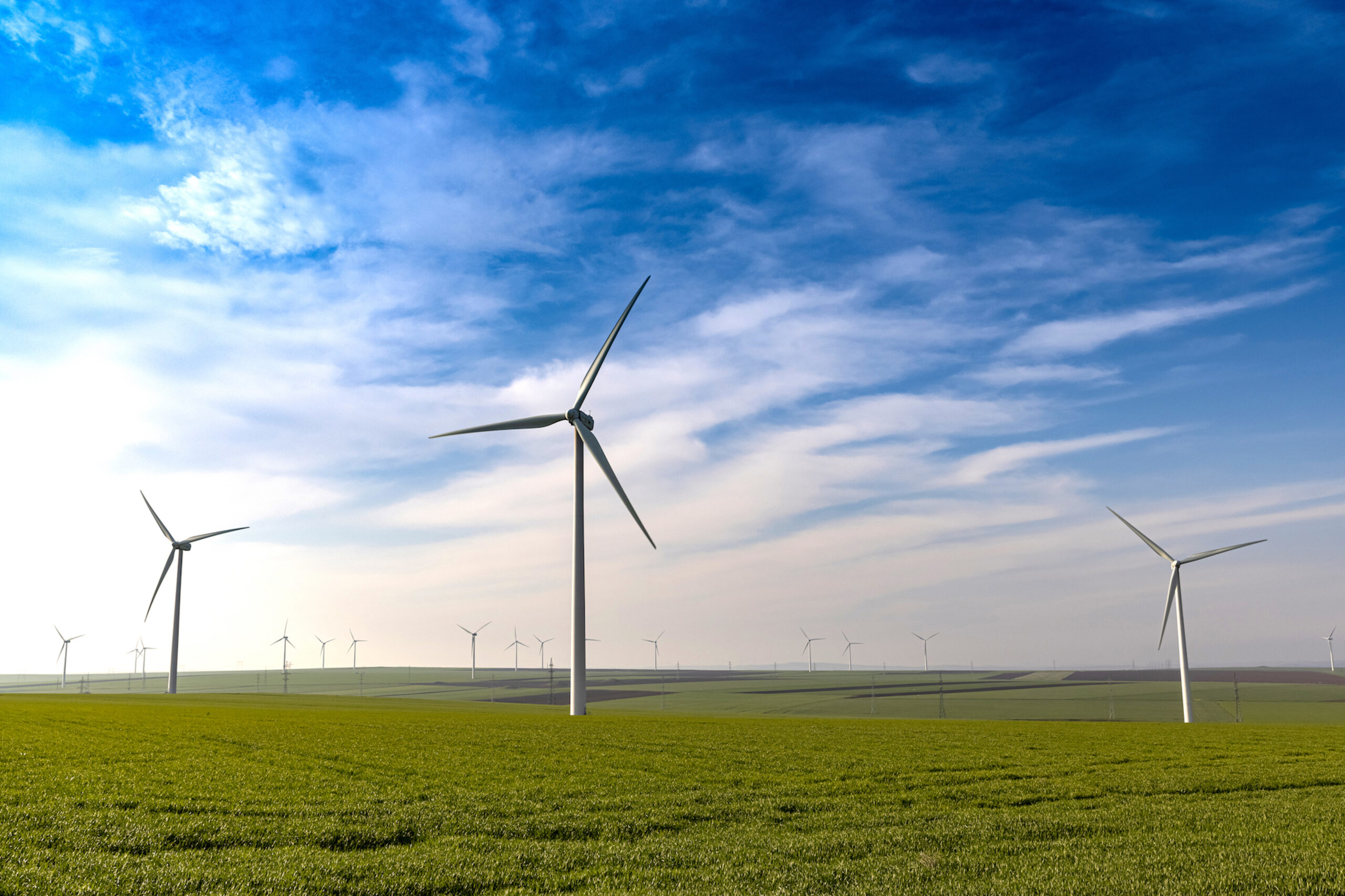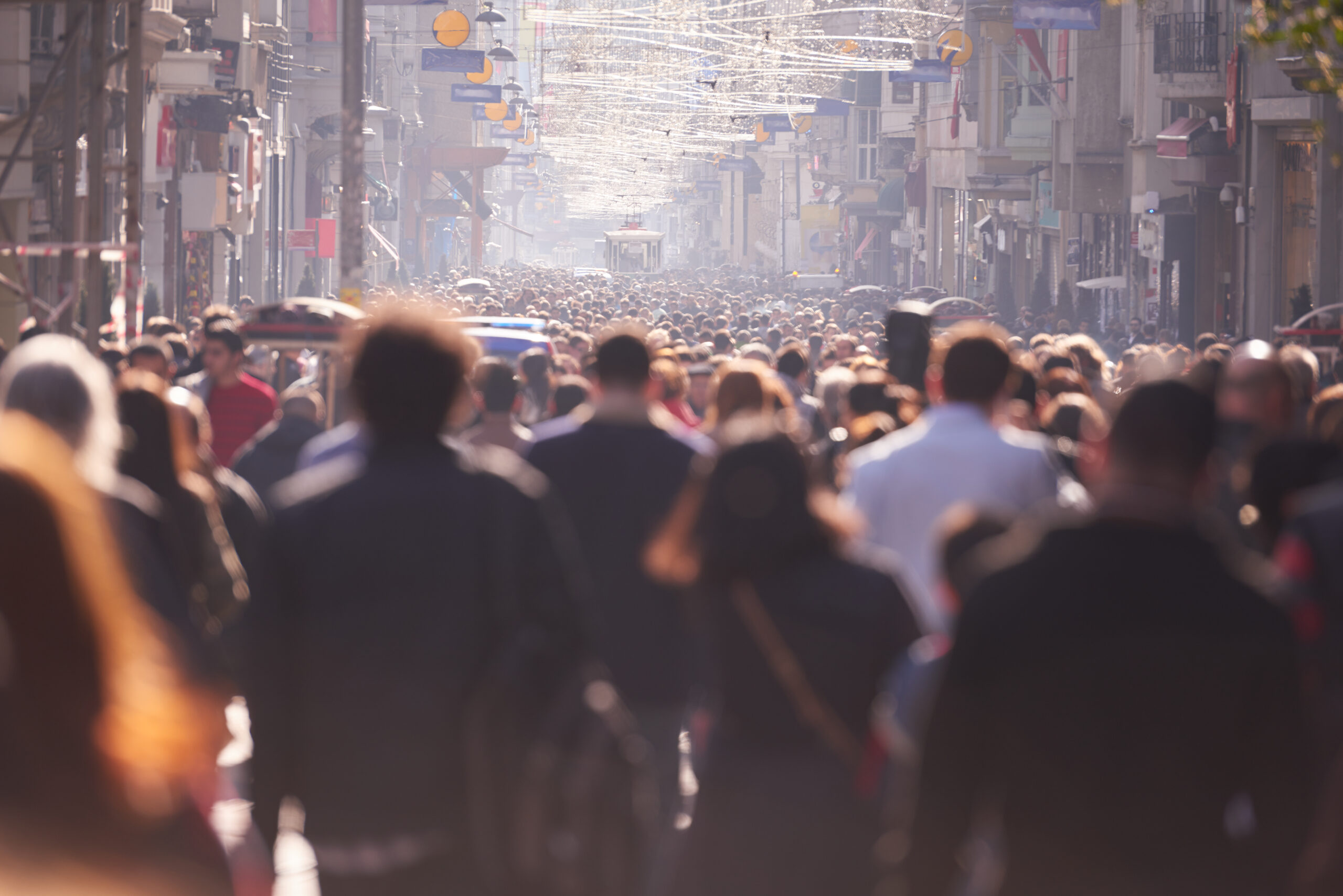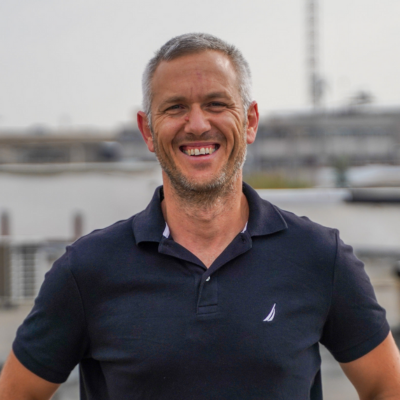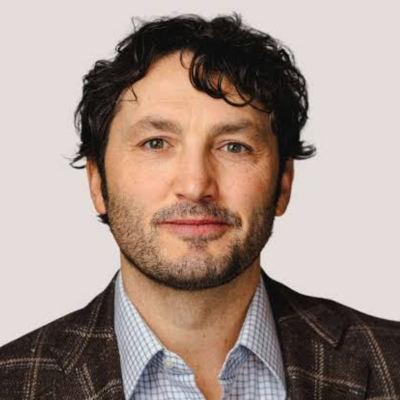Times Are Changing
Whether we like it or not, the world around us is changing rapidly. In fact, it is changing faster than ever before. Accelerated urbanization processes, climate change, and global pandemics are not abstract ideas that we have the privilege to swipe under the carpet anymore. While the crisis brought along with the rise of COVID-19 pushed us to act immediately, dealing with climate change and urbanization processes should not be very different. We can actually feel our world getting hotter and drier by the day whilst it is predicted that by 2050 about 86% of the developed world will be urbanized. Now, it is obvious, we NEED to be ready.
Who’s responsible?
It is easy to look outside, to the level of the state, the country, or any large enough body to take away the load from us. The truth is that in every city there is a department that has enough impact on the community to create this change within its city. You probably know it as “Parks and Recreation”. However, oftentimes the dedicated employees in those departments, working day and night for the public, lack the resources and tools to initiate an effective change.
Where to Start? (3 main focal points)
1. Know Your Community
As more people move to cities, the idea of knowing the members of your community and understanding their needs and preferences comes to be a necessity, not a luxury. Collecting real-time insights is an easy way to increase resident satisfaction, strengthen a sense of belonging, and even battle crime. Nonetheless, knowing the members of the community helps identify community leaders that can be of assistance both in routine and in times of crisis. Be that as it may, current methods of doing so used by most departments of Parks & Recreation are costly and often not very accurate.
2. Communication, Communication, Communication
As you probably might have guessed from the headline, communication is crucial for communities living in this fast-changing reality. In routine, communicating with members of the public is a tool to drive them to engage in community activities and be a part of community life. This idea becomes all the more critical when we think of times of crisis. A powerful communication channel has an extremely important role in recruiting volunteers, collecting information, and sending emergency updates. The problem is that Parks & Recreation largely do not have a communication channel of this sort.
3. Key Concept: Collaboration
As a dominant economic and social force, Parks & Recreation Departments should act as an actual “home” to all members of the community. To do that, there should be a digital platform capable of facilitating different kinds of activities and initiatives, centralizing them in one place. From local businesses to NGOs and even initiatives of private residents, Parks & Rec should have the power to push forward the local economy and strive towards real communal resilience.
So What Now?
with developed a mobile/web platform with those exact focal points in mind, looking to help Parks & Recreation across the globe to ultimately be what their communities are expecting them to be in this new and unexpected era- Heroes.
